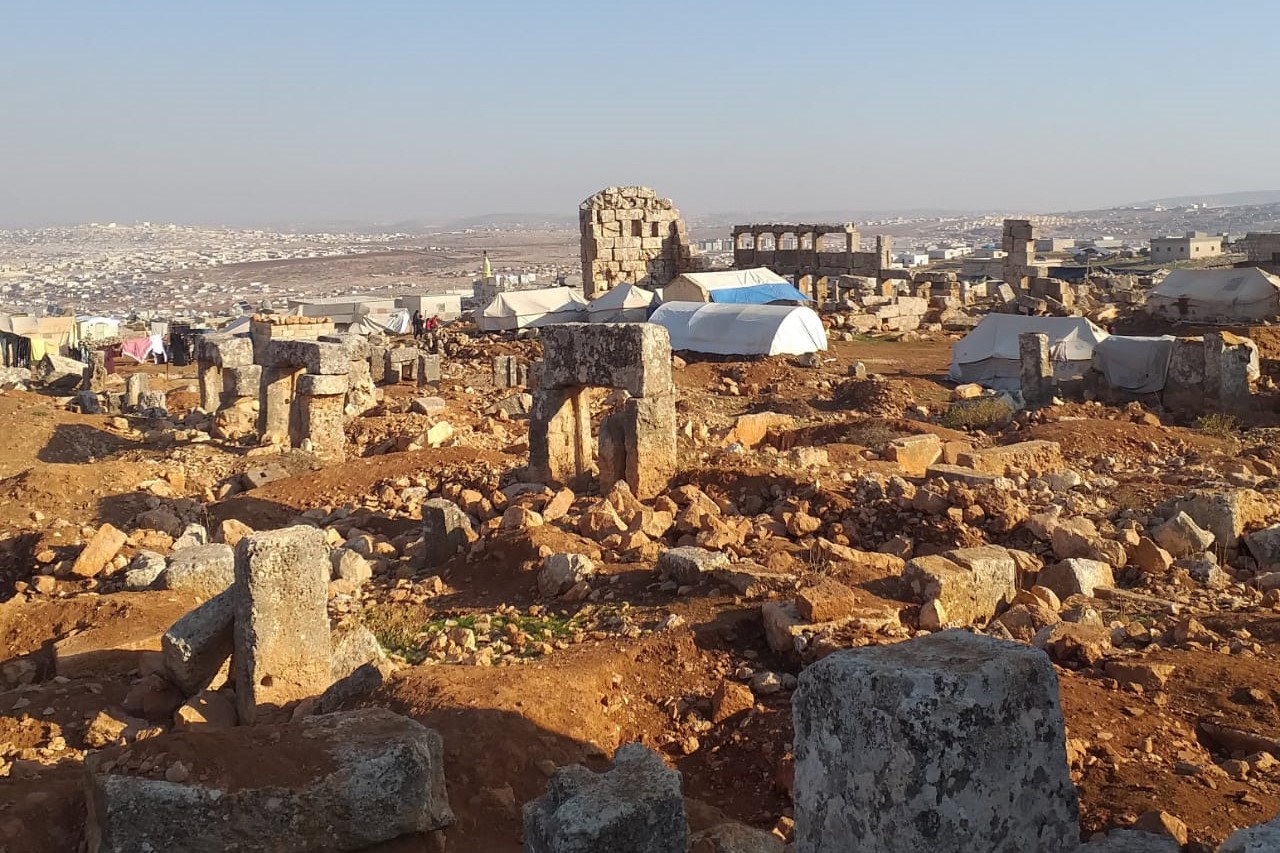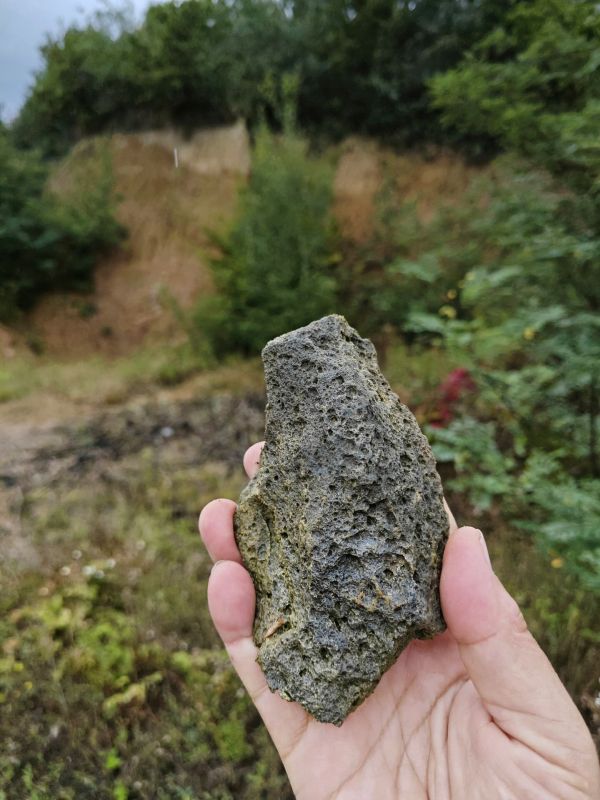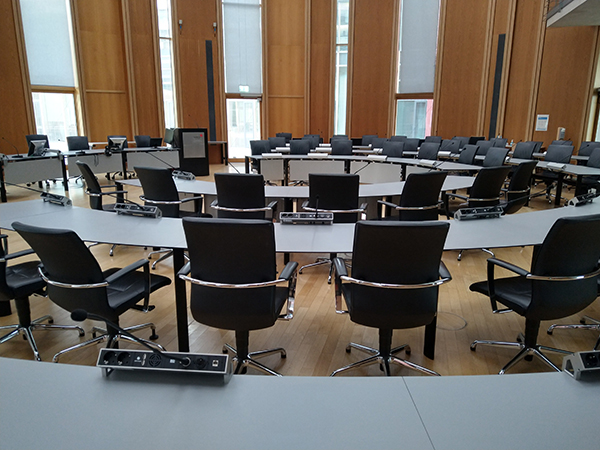By Youssef Kanjou
Archaeological sites in Syria usually appear in the form of hill-like elevations called “Talls”. They came about because people in the region-built settlements and lived in them for a while. Then they were abandoned and destroyed. After some time, other people came to the same place to build new buildings. Thereby the place always became higher than its surroundings, because each settlement left its own layer. Sometimes remains of residences remained visible, such as walls, floors, and large stones.
In north-western Syria there are many sites such as the archaeological villages, especially in the area between Aleppo and Idlib: they were founded in Roman times and built into mountainous “limestone”. The heyday of these more than 700 settlements was in Byzantine times. Archaeologists call them the “forgotten cities”. Researchers believe that wars and poor economic conditions caused residents to abandon the villages. These were added to the UNESCO World Heritage List in 2011.
When war broke out in Syria and raged everywhere, many civilians fled to northwest Syria looking for safer places. According to United Nations statistics, almost three million people now live in north-western Syria, who have settled not only in towns and villages but also in mountainous and agricultural areas and have set up dozens of camps.
The “Forgotten Cities” were some of their refuges. Perhaps the presence of remains of stone buildings and walls, as well as floors and caves, attracted the refugees. Because they offered protection against the weather conditions and also against military attacks.
The refugees adapted the old structures to make them habitable. They added structures such as modern walls and ceilings and erected new buildings using locally available raw materials. The dead cities have thus become a haven for people fleeing war and hoping to be somewhere safer. The parties to the conflict should respect the ancient sites for their religious and archaeological importance. Today, most archaeological sites are inhabited by fleeing civilians. Some have become military bases for armed groups.
Archaeologist Ammar Kannawi, who works to protect and document antiquities in northwest Syria, points out that refugees used archaeological sites, particularly during the 2020 displacement wave, when there was no other refuge. Damage done to these sites includes destruction through tents, concrete structures, and public facilities such as schools and roads.
According to Kannawi, the most serious damage is caused by the camps: These have robbed the “dead villages” of their most important features. For these were situated far from modern life in the limestone mountains – in balance with their geographical surroundings. Now modern buildings have invaded them from all sides and as a result, they have lost a large part of their cultural value.
The Forgotten Cities are of great archaeological value as they emerged during an important period in Syria’s history, particularly the Byzantine period when churches were widespread. This region was one of the most important Christian religious centers: The “Church of Saint Simeon Stylites” is still a place of pilgrimage for the Christians of the region today. In addition to its religious importance, it is considered a unique architectural masterpiece and has been one of the most important international tourist destinations in Syria.
The current state of these places, which before the war were tourist destinations full of civilization and beautiful architecture, is very deplorable. It is difficult to predict the fate of these places. The local population still lives there. Will the refugees leave the site as the original residents did, or will they stay there for generations? The question remains open.
tun22020601
Flüchtlingszelte zwischen den alten Gebäuden am Standort Serjilla in der Region Idlib, Nordsyrien. Foto: tünews INTERNATIONAL / Abdul Hai Muhammed.




